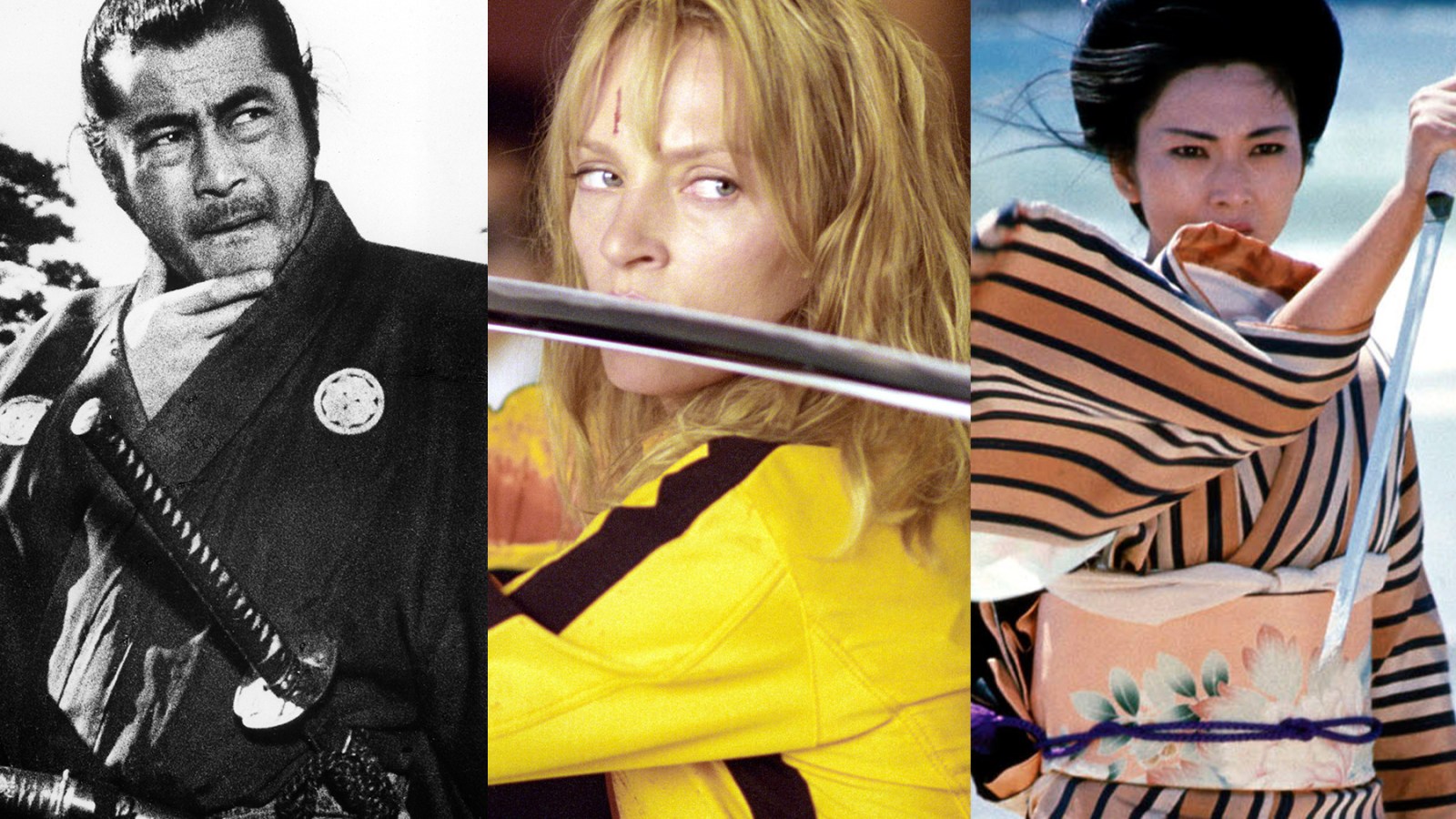Home / Arts and Entertainment / Kurosawa Meets Miike in Stylish Sequel 'Ghost of Yōtei'
Kurosawa Meets Miike in Stylish Sequel 'Ghost of Yōtei'
4 Oct
Summary
- 'Ghost of Yōtei' continues the cinematic samurai saga
- Game borrows from Kurosawa and Miike's filmmaking styles
- Emphasizes meditative beauty and hack-and-slash action

In the latest chapter of the cinematic samurai saga, 'Ghost of Yōtei' arrives as a lavish sequel that draws inspiration from the works of renowned Japanese filmmakers. Picking up where the previous game left off, the new title follows a young woman named Atsu, whose family has been slaughtered by a gang known as the Yōtei Six.
Much like its predecessor, 'Ghost of Yōtei' traffics in familiar samurai and revenge thriller tropes, but it manages to elevate the experience by emphasizing the meditative beauty of its world alongside the intense hack-and-slash action. The game pays homage to the iconic films of Akira Kurosawa, offering a dedicated "Kurosawa Mode" that emulates the director's signature black-and-white aesthetic. However, the developers have also incorporated a second filter inspired by the gritty, blood-soaked style of contemporary filmmaker Takashi Miike, adding a layer of visceral intensity to the proceedings.




